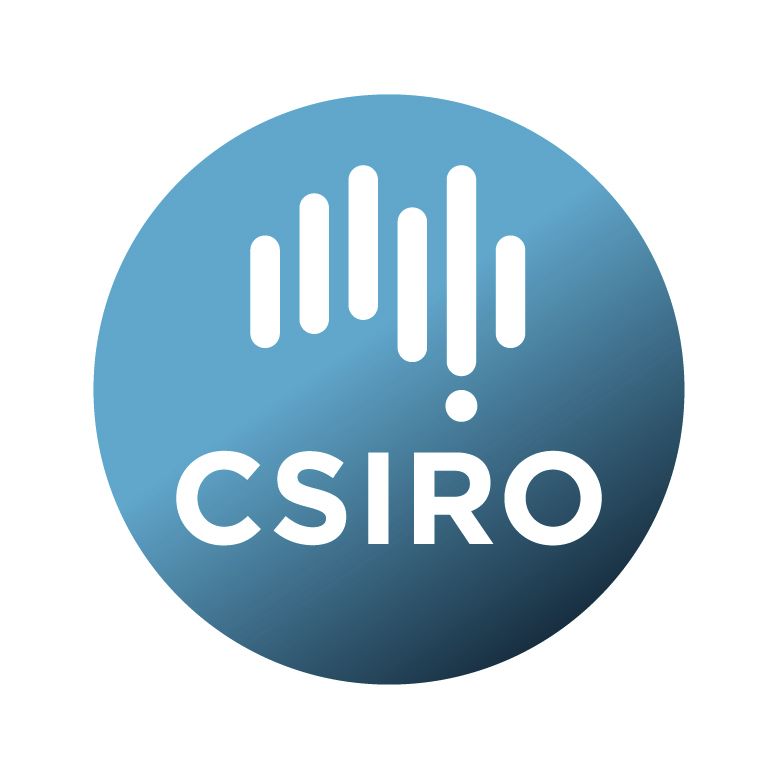Brief description
This Collection contains data supporting the associated publication 'Plastid phylogenomics reveals evolutionary relationships in the mycoheterotrophic orchid genus Dipodium and provides insights into plastid gene degeneration' by Goedderz et al. 2024 published in Frontiers in Plant Science 15:1388537 (https://doi.10.3389/fpls.2024.1388537). The study investigated phylogenetic relationships and plastid genome degeneration in the orchid genus Dipodium based on plastid data derived from genome skimming data.Lineage: DNA extractions from plant tissue, genome skimming data generation via high throughput sequencing, plastid genome assemblies, plastome annotation, plastid coding regions alignments, phylogenetic and divergence time analyses. Full details provided in Goedderz et al. 2024, Frontiers in Plant Science 15:1388537 (https://doi.10.3389/fpls.2024.1388537)
Available: 2024-05-22
Data time period: 2022-01-02 to 2024-03-31
Subjects
Australia |
Biological Sciences |
Dipodium |
Evolutionary Biology |
Genetics |
Genome Structure and Regulation |
Orchidaceae |
Phylogeny and Comparative Analysis |
Plant and Fungus Systematics and Taxonomy |
gene degeneration |
orchids |
phylogenetics |
plastid data |
plastome |
User Contributed Tags
Login to tag this record with meaningful keywords to make it easier to discover


